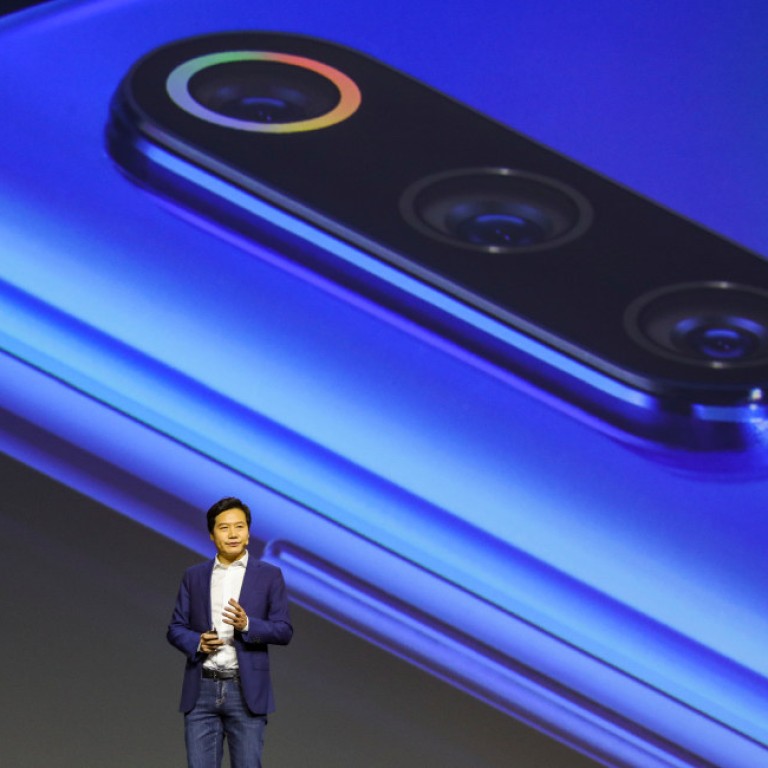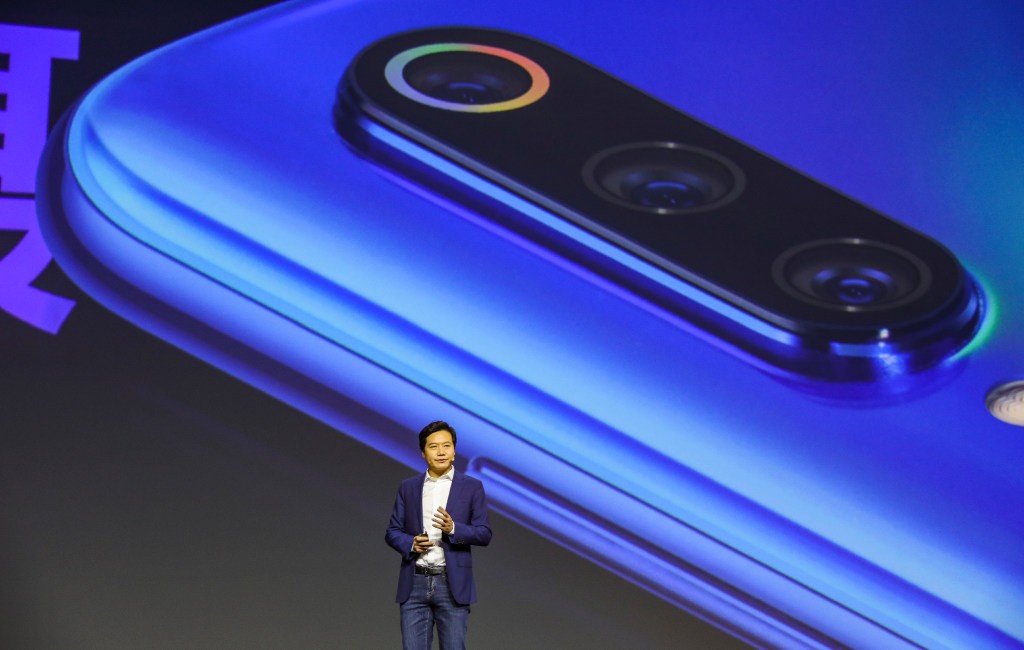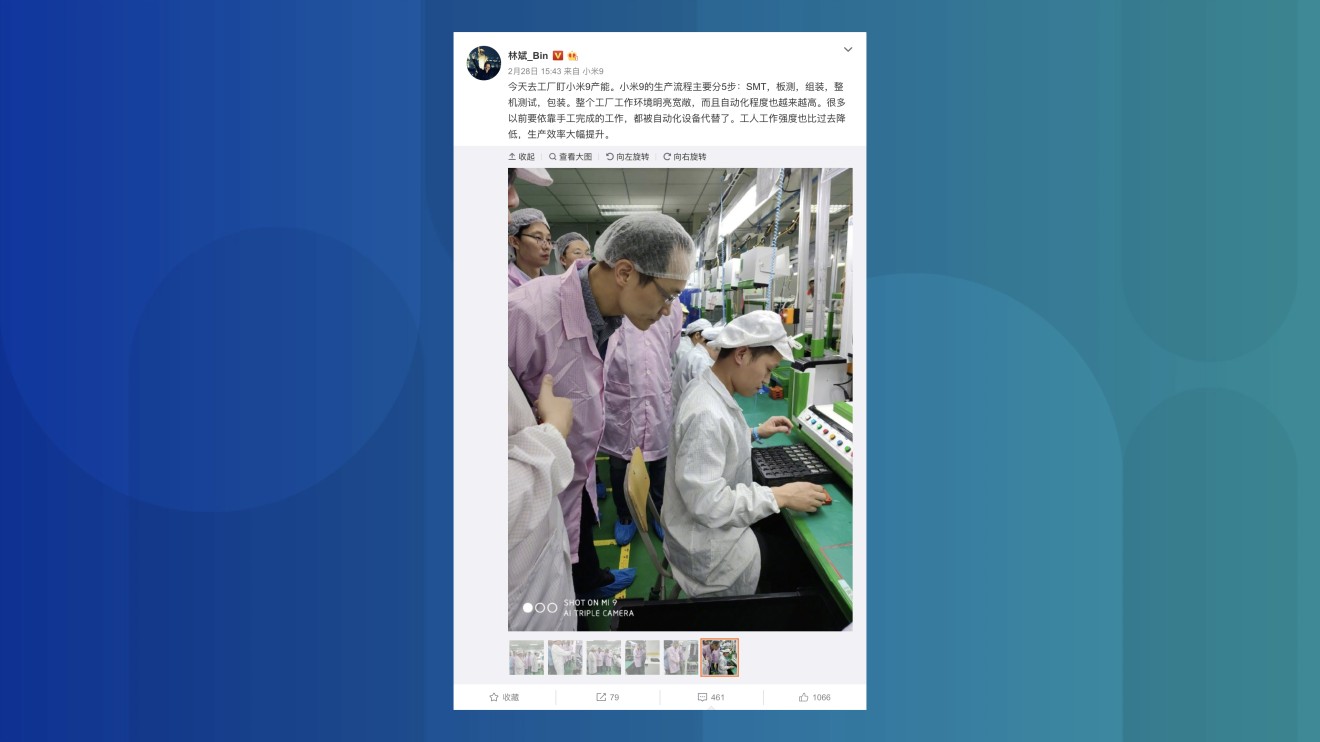
Shoppers get angry after Xiaomi’s new Mi 9 smartphone sold out in seconds
Does Xiaomi’s flash sales strategy still work in China’s crowded market for cheap handsets?
Xiaomi smartphones are not officially sold in the US, so it's quite a challenge to buy one there. Sometimes, however, consumers in China also struggle to buy a Xiaomi handset.
How Xiaomi forged a unique path
Mi 9, the latest flagship smartphone from Xiaomi, went on sale in China last week, and reportedly sold out in less than 53 seconds. Another round of sales opened today, but consumers complained again about failing to buy the handset because the Mi 9 stock ran out in seconds.

Flash sales have long been a part of Xiaomi’s strategy. It is a tactic widely known as “hunger marketing”, in which Xiaomi makes available a limited number of smartphones for several rounds of sales. This approach would not only draw the attention of consumers, but also create the impression that a certain smartphone model is hard to get.
Lei Jun, co-founder and chief executive of Xiaomi, has repeatedly denied that the Beijing-based company’s flash sales strategy is a marketing stunt.
“Is this what you call ‘in stock’?” one user asked on Weibo.
In response, Xiaomi executives posted on Weibo about the company’s efforts to rush production of the Mi 9, while denying it was doing “hunger marketing” again.

Despite that effort, some consumers are threatening to switch to other brands if Xiaomi fails to swiftly resolve its production problem. Certain sub-brands from major Chinese smartphone players, such as Huawei and Vivo, are now providing more options for consumers. These sub-brands not only offer lower prices, but also more new features on their devices, intensifying competition in the world’s largest smartphone market.
For more insights into China tech, sign up for our tech newsletters, subscribe to our Inside China Tech podcast, and download the comprehensive 2019 China Internet Report. Also roam China Tech City, an award-winning interactive digital map at our sister site Abacus.

